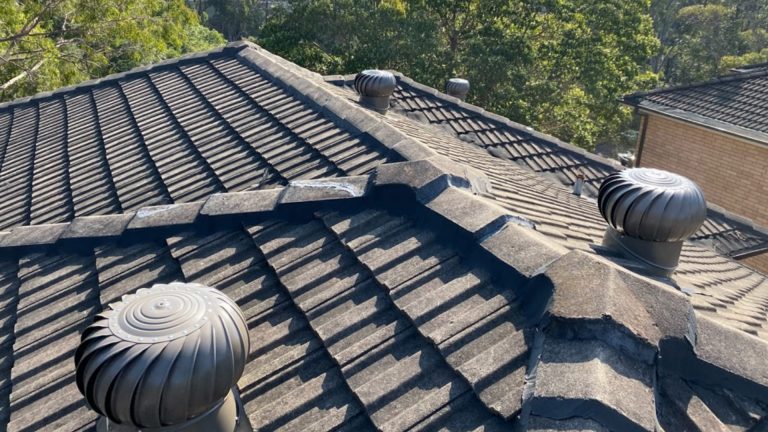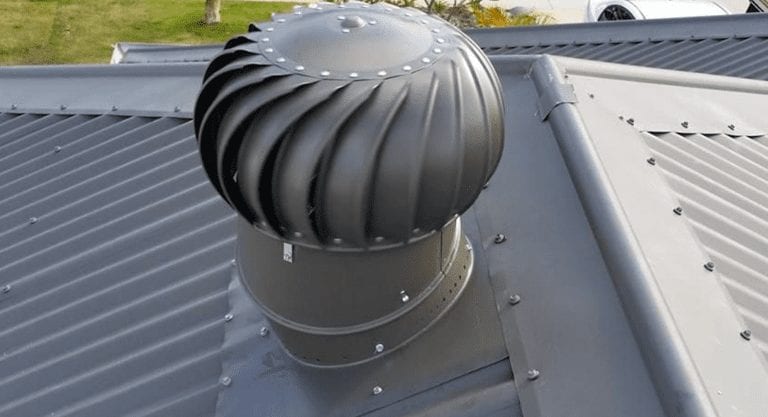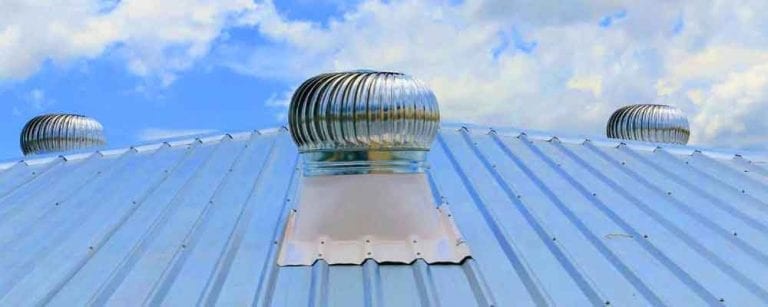Can I Install Too Many Whirlybirds?
Rain Heads Custom Made Shipped Free Australia Wide – Click Here >
Dambuster Rain Heads Shipped Free Australia Wide – Click Here >
Commercial Industrial Roof Vents 300mm-950mm – Click Here >
Eco-Friendly Roofing Insulation Shipped Free – Click Here >
Gutter Sumps Shipped Free Australia Wide – Click Here >

Installing Whirlybirds
Knowing how many roof vents to install on your property can be a bit of a head-scratcher, particularly if you are inexperienced with roof ventilation, unfamiliar with how roof vents work. The best course of action would, of course, be to consult a professional, but we understand that sometimes you only want to get a rough idea of what a job might entail.
The short answer is yes; you can install too man whirlybirds. However, there is not one significant reason why you might end up with too many whirlybirds, but many smaller reasons. Read on, and we’ll answer the question, “can I install too many whirlybirds?” in more detail.
How Whirlybirds Work
Before we can adequately tackle the question of how many whirlybirds is too many, it helps to understand how these contraptions work. Whirlybirds are a type of roof turbine vent, meaning they spin a turbine which sucks air up out of the building much like a vacuum cleaner sucks air. The turbine is spun using wind power, which makes it an appealing prospect from a running cost point of view, as there are no electrical requirements. On the other hand, the operation of the turbine is beholden to the local weather. Which is to say; if there is no wind, there is no extraction.
The reason for this kind of roof vent is to create air movement within the property. This ventilation not only cools the interior, but it also prevents moisture buildup, which in turn helps to prevent damp and mould from taking hold.
Can I Install Too Many Whirlybirds?
So, with all of that in mind, how could you have too many whirlybirds? Surely the more ventilation you have, the better it is for your property, right? Let’s explore that.
Available Space
Whirlybirds may not be enormous contraptions that sit on your roof like King Kong on the Empire State Building, but they are not tiny, either. If you start to put a lot of whirlybirds on your roof, you will soon find it getting a little crowded up there.
Roof Turbine Vents
Rather than using passive vents (essentially just holes) in your roof, you could use something a little more active. Roof turbine vents come in a variety of flavours, and can be powered in several ways, such as electricity, or wind-powered. Regardless of how are powered, they carry out the same action, which is to spin a turbine that draws air up through the vent. This works in much the same way that vacuum cleaner does, sucking air through the vent.
Of course, this won’t pose a functional issue for many roofs, as it is unlikely there will be people walking around on the roof. It will represent an aesthetic problem, however. Whirlybirds are very clever and useful devices, but they are not the prettiest thing to look at. If the roof in question is a small or residential building, the addition of a small forest of whirlybird vents will do nothing to improve the look of it.
Noise Levels
Every effort is taken in the design process to ensure that whirlybirds are as quiet as possible when they spin. However, it is impossible to make a mechanically spinning object entirely silent, and the fact that the wind powers it makes just keeping it quiet a much more difficult task.

If you were to sprinkle a high volume of whirlybirds across your roof, there would be implications as far as noise goes. And it is worth pointing out at this stage that you cannot turn a whirlybird off. Being powered by the wind, it will spin when there is a wind blowing through its fins. A single functioning whirlybird doesn’t make that much noise, but a lot of whirlybirds clustered too tightly together will be noticeable.
If you are in a large commercial or industrial building, this may not be an issue, but if you are in a smaller building, and especially if you are in a residential building, this could be a serious issue—especially when trying to get some sleep in an upstairs room on a windy night!
Effectiveness
The next major issue with having too many whirlybirds is one of diminishing returns. While you are unlikely to create a situation where the extra whirlybirds are reducing the effective ventilation being achieved, you almost certainly will reach a point where the extra whirlybirds are not adding anything to the mix.
Ventilation is a two-part system of which whirlybirds are only one part—extraction. The other part is crucial, and that is intake. Air needs to be brought into the property to replace the air that the whirlybirds have removed. Usually, this is done via passive roof vents, such as soffit vents. If the amount of air being drawn up by the whirlybirds exceeds the capacity of the intake vents to replace it, the whirlybirds will not working at their optimum level and will have been a waste of money.
Now, don’t worry, having too many whirlybirds will not turn your home into a negative pressure vacuum (unless you live in a submarine), but you will have wasted your money on those extra whirlybirds.
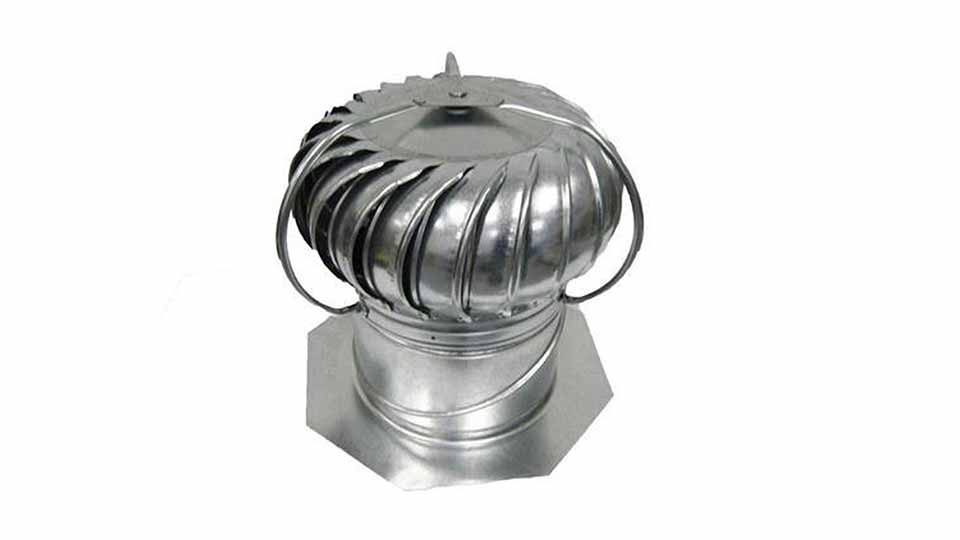
Too Much Ventilation?
Another problem you might face—assuming the lack of intake vents doesn’t bottleneck your roof ventilation first—is having too much ventilation. Remember, whirlybirds, while not powered electrically, are nevertheless active vents when the wind is blowing. That means they are sucking air up through the vent, which means the more you have, the more the air will be moving.
It is entirely possible to have too much of a good thing, creating a gale-force wind in your attic, or being too effective at cooling the premises and making things uncomfortably cold for those inside.
Granted, this is a less likely outcome of having too many whirlybirds, but it is possible.
How Many Whirlybirds is Too Many?
The precise number of whirlybirds that is right for your property will depend entirely on the size and layout of that property. For example, it is generally recommended to have at least a whirlybird for every room that shares its ceiling with the roof. If your property has one large attic, that will count as a single room. However, in the case of a large attic, you would want to add more than one whirlybird to cover the increased space inside. Furthermore, any areas that are partially cut off from the rest of the building, even if they are not a complete room, should have a whirlybird installed to ensure proper airflow.
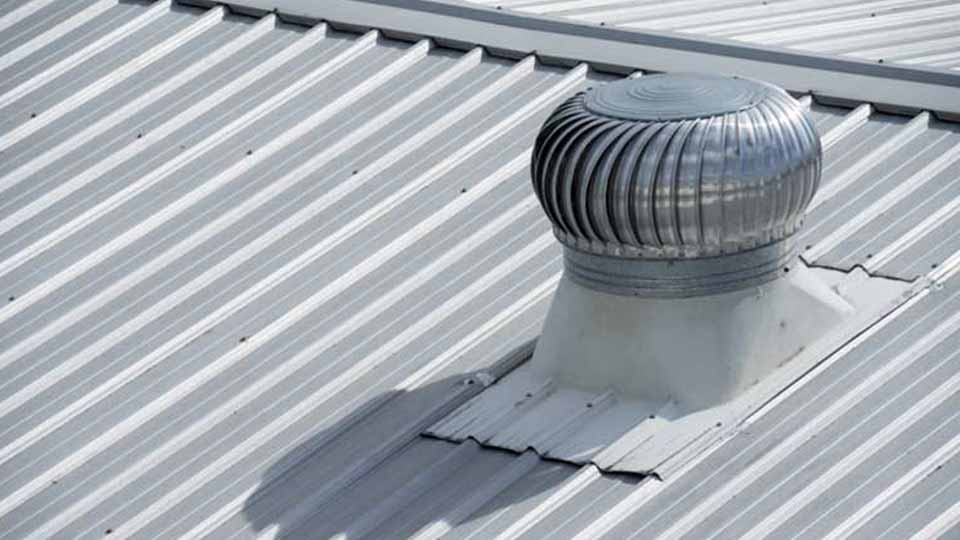
1 Roof Vent
Supply & Installation Price
$520/1
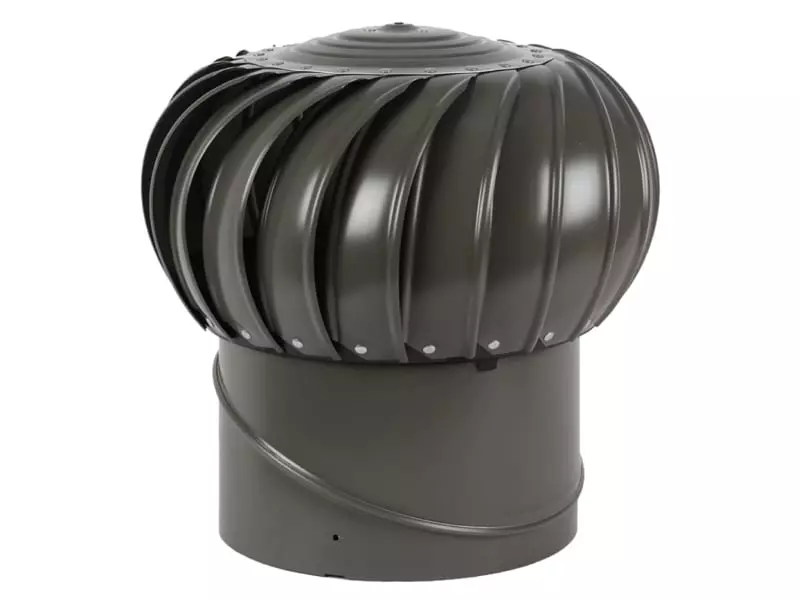
1 Ampelite 300 Spinaway
Colorbond or Mill Finish Supply & Installation Price
Download PDF
2 Roof Vent
Supply & Installation Price
$860/2
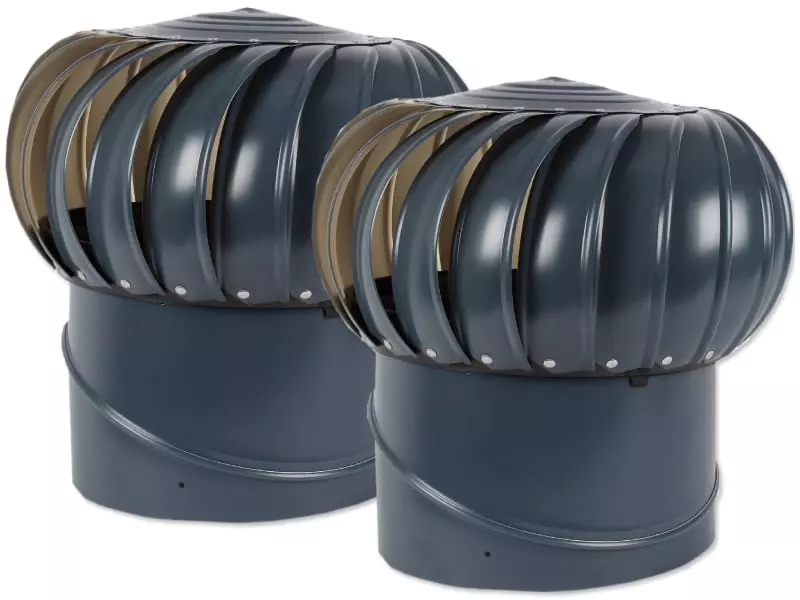
2 Ampelite 300 Spinaway
Colorbond or Mill Finish Supply & Installation Price
Download PDF
3 Roof Vent
Supply & Installation Price
$1,090/3

3 Ampelite 300 Spinaway
Colorbond or Mill Finish Supply & Installation Price
Download PDF
4 Roof Vent
Supply & Installation Price
$1,300/4

4 Ampelite 300 Spinaway
Colorbond or Mill Finish Supply & Installation Price




